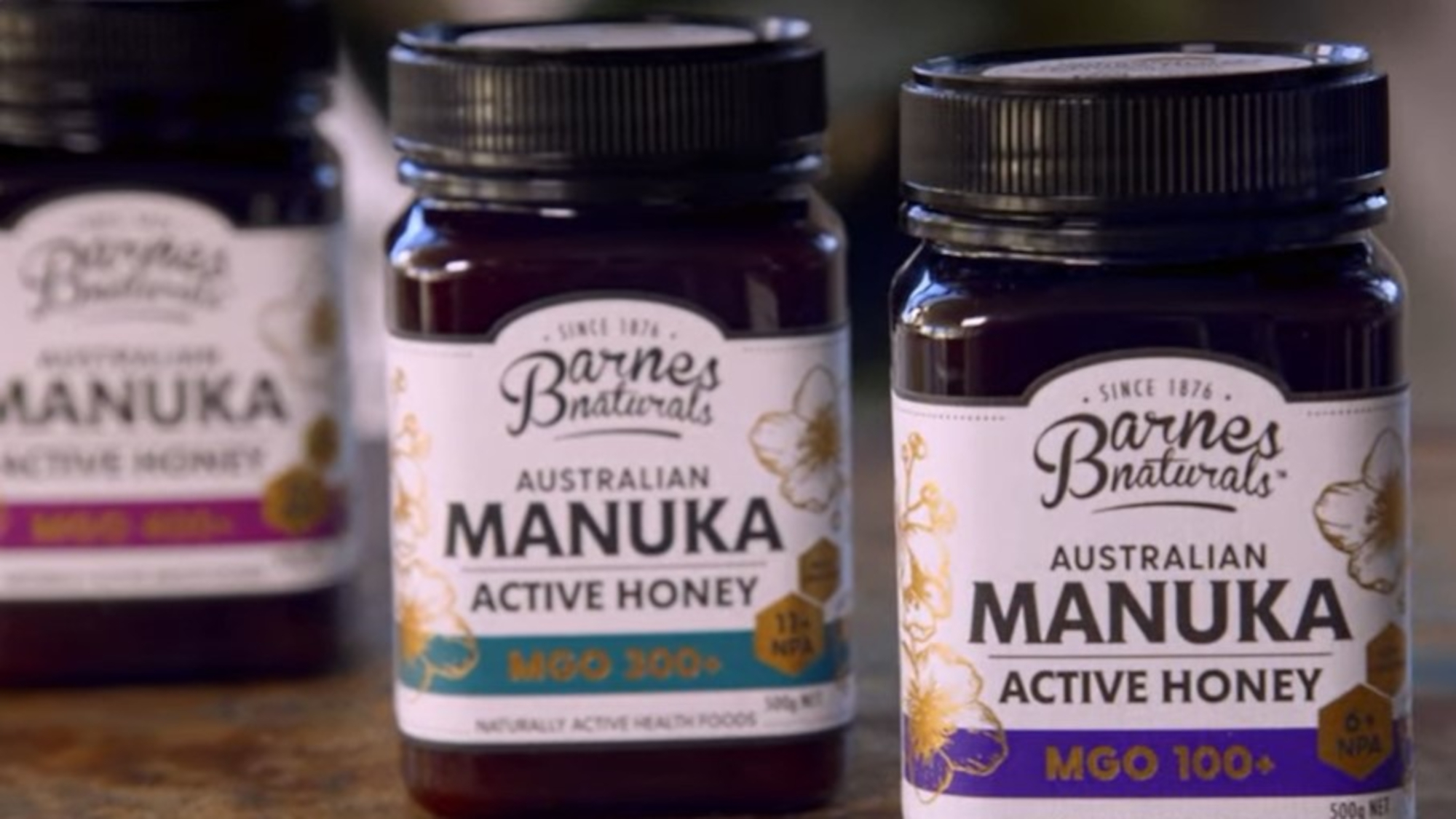Experts in the United States are optimistic a new project can provide a better understanding of the diversity of bees in the country.
The United States Department of Agriculture (USDA) presented its Beenome100 initiative which aims at producing diversity maps of at least 100 species.
According to the authority, there are an estimated 4,000 native bee species in the United States. However, more than 55 non-native types of bees exist there too of which some are considered “agriculturally essential” such as the European honeybee. Another example is the alfalfa leafcutting bee, a solitary bee which also originates from Europe.
Jay Evans is an entomologist at the Agricultural Research Service Laboratory in Beltsville, Maryland.
Jay – who co-heads the Beenome100 programme – said: “An aim of Beenome100 is to create a first-of-its-kind library of high-quality, highly detailed genome maps that will help researchers answer the big questions like what genetic differences make some bee species more vulnerable to climate change or whether a bee species is likely to be more susceptible to a pesticide.”

Once a genome is mapped, the data becomes publicly available for scientists.
Entomologist Michael Branstetter from the ARS Pollinating Insect-Biology, Management and Systematics Research Unit explained: “It can be difficult to ID bees in the field, especially the tiny species. When endangered bee species are present, we need to be cautious about collecting too many individuals in our efforts to survey for them, and this risk is likely growing.
“But with their genome documented, flowers may be able to be swabbed for the DNA of bees that have visited, and this information could be used to non-destructively monitor species.”
The experts hope that the initiative – which unites more than a dozen research centres and university collaborators – will help to find out more about how the important pollinators evolve with their environment.
Elaborating on the project’s potential, Michael spoke of a recent collecting trip to Arizona where he and his team had been searching for parasite cuckoo bees, a presumably rare solitary bee species.
He revealed: “We found not just one or two, they were abundant. We found specimens of parasite bees from three different genera.”
Michael underlined that Beenome100 project could provide “information that will teach us more about what bees we really have in our environment and how better to conserve the bees we have.”
The United States are among the world’s leading producers of honey. The annual per capita consumption of the product in the country ranges between 0.9 and 1.4 kilogrammes.











